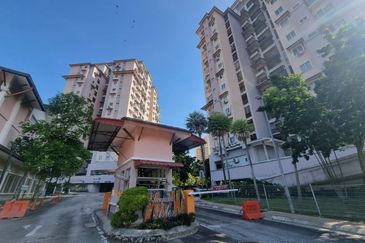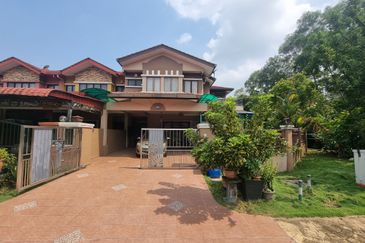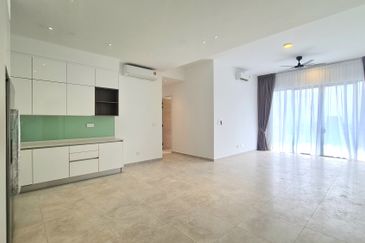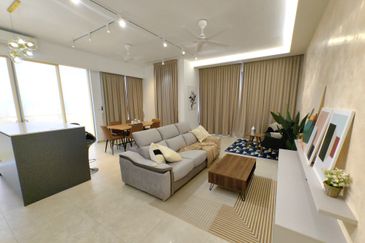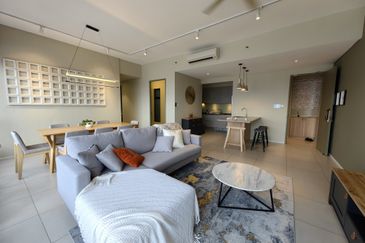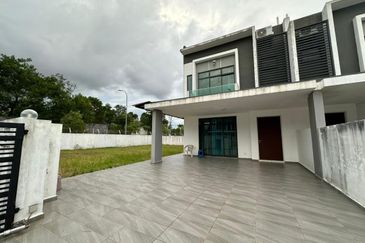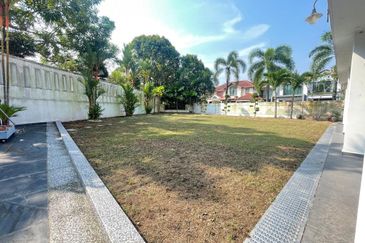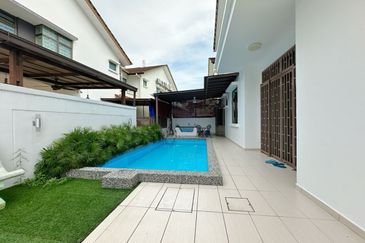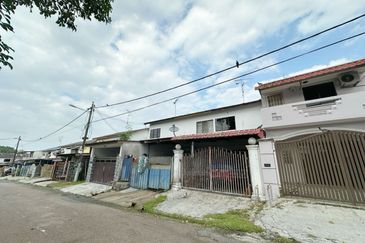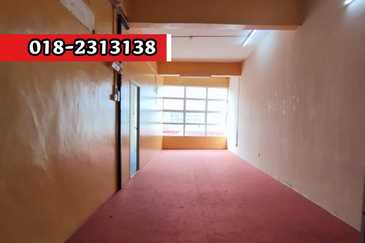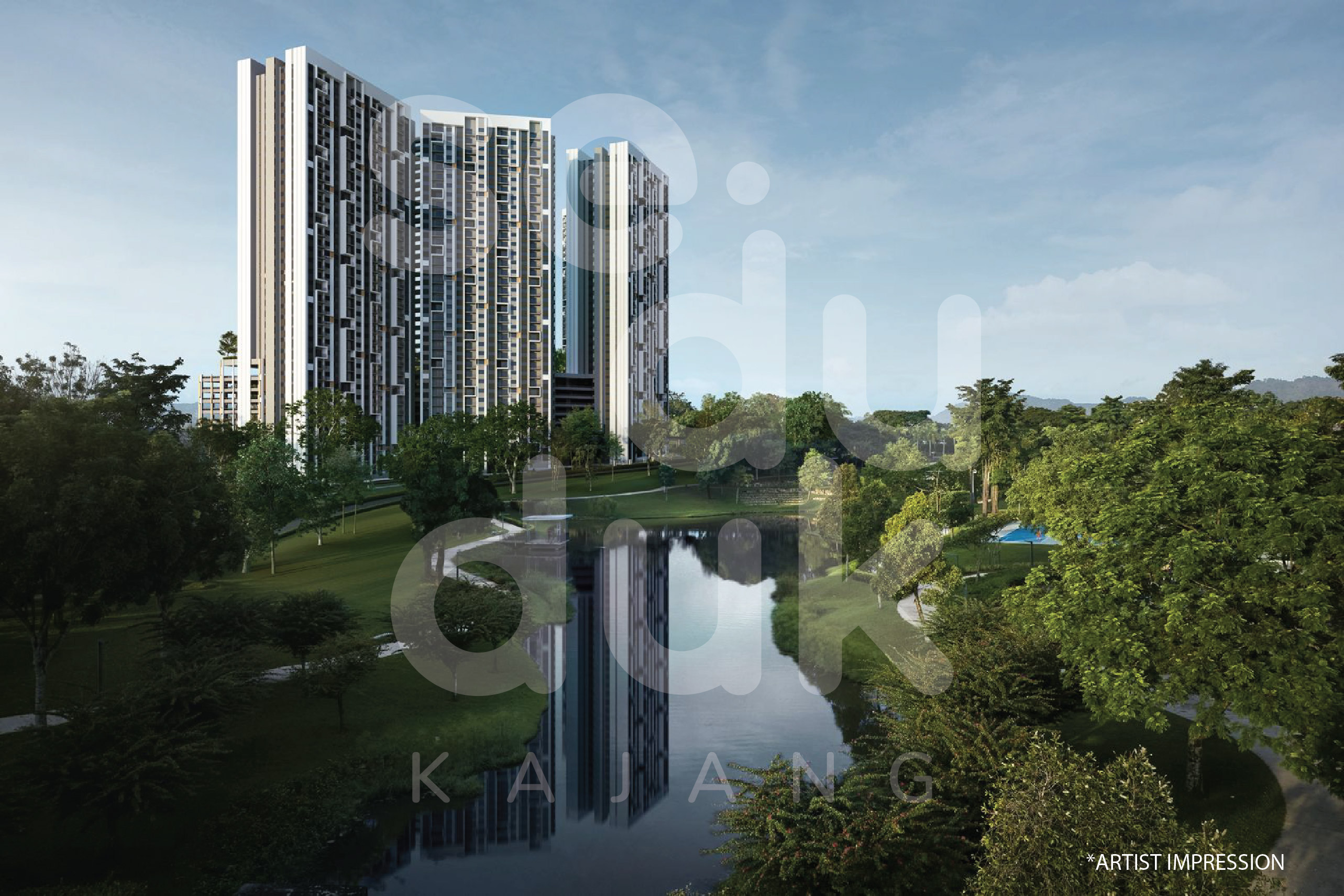
 Continues from: Property prices can come down if ...
Continues from: Property prices can come down if ...
What does it do for the property development sector?
Rehda deputy president Datuk Soam Heng Choon: I think most property developers in town are saying that Budget 2017 does not benefit them as it focuses on home ownership among the lower income group.
One of the main arguments today is that people want to buy property, but they can’t get the margin of financing. One of the areas the [government] is looking at is how to leverage EPF (Employees Provident Fund) savings to increase the quantum of the loan amount they can get. By using and leveraging the deposit in the EPF, the quantum of the loan amount could increase, and this will help to increase home ownership.
For PR1MA (Perumahan Rakyat 1Malaysia) projects below RM300,000, the government announced the step-up end-financing scheme to help increase home ownership. Rehda hopes that this end-financing could be extended to private projects. In a nutshell, Budget 2017 is mainly for the low-income group to own houses.
Rehda Kedah/Perlis chairman Datuk Rick Cheng: For the smaller states, property prices are lower than Tier 1 cities. With a RM300,000 budget you will have many choices, such as single storey semi-detached houses.
It was announced that property purchases of RM300,000 and below will get zero stamp duty. This is good news to a lot of our buyers. They probably could save about RM5,000 in stamp duty. However, this policy will only take effect on Jan 1, 2017. So I am worried that purchasers will wait out these two months and only make their purchases next year. I think it should take immediate effect so that we can push sales within these two months.
I also foresee some agents telling their buyers to buy now and stamp it in January. I think the move will sufficiently stimulate the property market in smaller towns or Tier 2 cities.
Rehda Johor chairman Datuk Steve Chong: Generally, we are supportive of the government’s efforts to help the lower-income group to own their own homes. However, if the government could consider lowering the percentage of affordable housing in a project, say from 40% to 20%, it will be good news to us.
Johor has many affordable housing projects with low occupancy rates. It is not because people do not want to take them up but some are not located in areas convenient to them.
Some people work in town A but they get the affordable houses in town B. We do not need that many affordable housing in areas where they are not in demand.
Rehda Selangor chairman Zulkifly Garib: Generally, it is a budget with good initiatives. However, the government should study how many affordable houses [in Selangor] have not been taken up before launching more.
To carry out affordable housing schemes effectively, number one, we should plan supply well. Number two, you must have a guideline on how to carry out the scheme; and number three, are these buyers qualified? I believe we are not short of buyers for affordable housing, but if those who actually buy are not the qualified ones, the schemes do not really help those who are in need.
The intention of affordable housing schemes is good, but how to implement them is the key if we want to benefit the people.
Rehda deputy secretary general Tan Ching Meng: Kuala Lumpur is a unique place — it is a high migration area and land is always in short supply. Sourcing land is very difficult for PR1MA so whatever incentives given to building PR1MA homes should be given to private developers as well.
This is also because the middle class in the city are very stressed. They are already trending down to the B40 group (bottom 40% of households with monthly income of RM3,900 and below) and we are talking about helping the B40 to get a house.
In Kuala Lumpur, the government is pumping money to build the infrastructure to develop the city into a world class city. If you want a city to grow, you should also grow talent and develop a strong middle class. The middle class in the urban area should be helped.
This is why I think the stamp duty exemption for property purchases should be extended from RM300,000 to half a million ringgit. Nothing is “one size fits all”, there must be some exemption made for buyers in Greater KL and other big cities.
Cheng: For smaller cities such as Kedah and Perlis, RM300,000 is enough but it may not be enough for big cities like Kuala Lumpur, Johor and Penang. Maybe the government should consider having two tiers of zero stamp duty. For smaller cities, it remains applicable up to RM300,000, but for bigger cities, it can be raised to half a million.
For smaller states, we don’t have affordability issues because our houses are affordable. With RM160,000, we can get a house. Certain PR1MA houses in Kedah sell better than normal houses although they are priced higher.
Soam: If you look at the average property price in Malaysia, it does not touch half a million ringgit. However, when we talk about property prices, most of the time we are referring to Klang
Valley property prices and tend to forget about the smaller towns.
Yes, property prices are not that high in these smaller towns, but in the Klang Valley, they are. I agree with the two-tier stamp duty suggestion because it could help the people no matter which state they are in.
We must also not build housing in locations that are not favoured by the people. We shouldn’t create supply in areas that have no demand. However, in Malaysia, we are facing this problem.
We only have the supply figures; no one cares about demand. We do have the figures on how many houses the nation needs, but it does not go into detail like how many houses and at what pricing each area needs.
We should be clear about what the demand is now and in the future. If every developer jumps in to build houses at RM500,000, what will happen in the future? In five years, it will become a problem when we find that we are in short supply of other housing types.
We also agree to involve more GLCs (government-linked companies) in building affordable housing as GLCs have the landbank and leverage, so they have more flexibility compared with private sector developers. Again, the location of these affordable housing projects should be where the demand is. We do not need more affordable housing with low occupancy rates, affordable housing that ends up being put up for auction and sold to anyone.
Zulkifly: Yes, we should go into the details. In Kuala Lumpur and Selangor, RM200,000 is considered affordable, but in smaller towns, RM200,000 could buy you a nice link house and it may not be considered affordable to the locals.
Chong: I agree with the government’s move to get more GLCs to contribute to the affordable housing development but I think the government should open up its landbank for the private sector to build affordable housing as well.
Continues on: On IBS as the way to reduce cost
This story first appeared in TheEdgeProperty.com pullout on Oct 28, 2016, which comes with The Edge Financial Daily every Friday. Download TheEdgeProperty.com pullout here for free.
TOP PICKS BY EDGEPROP

Country Heights Kajang
Country Heights, Selangor

Taman Nusa Sentral
Iskandar Puteri (Nusajaya), Johor

